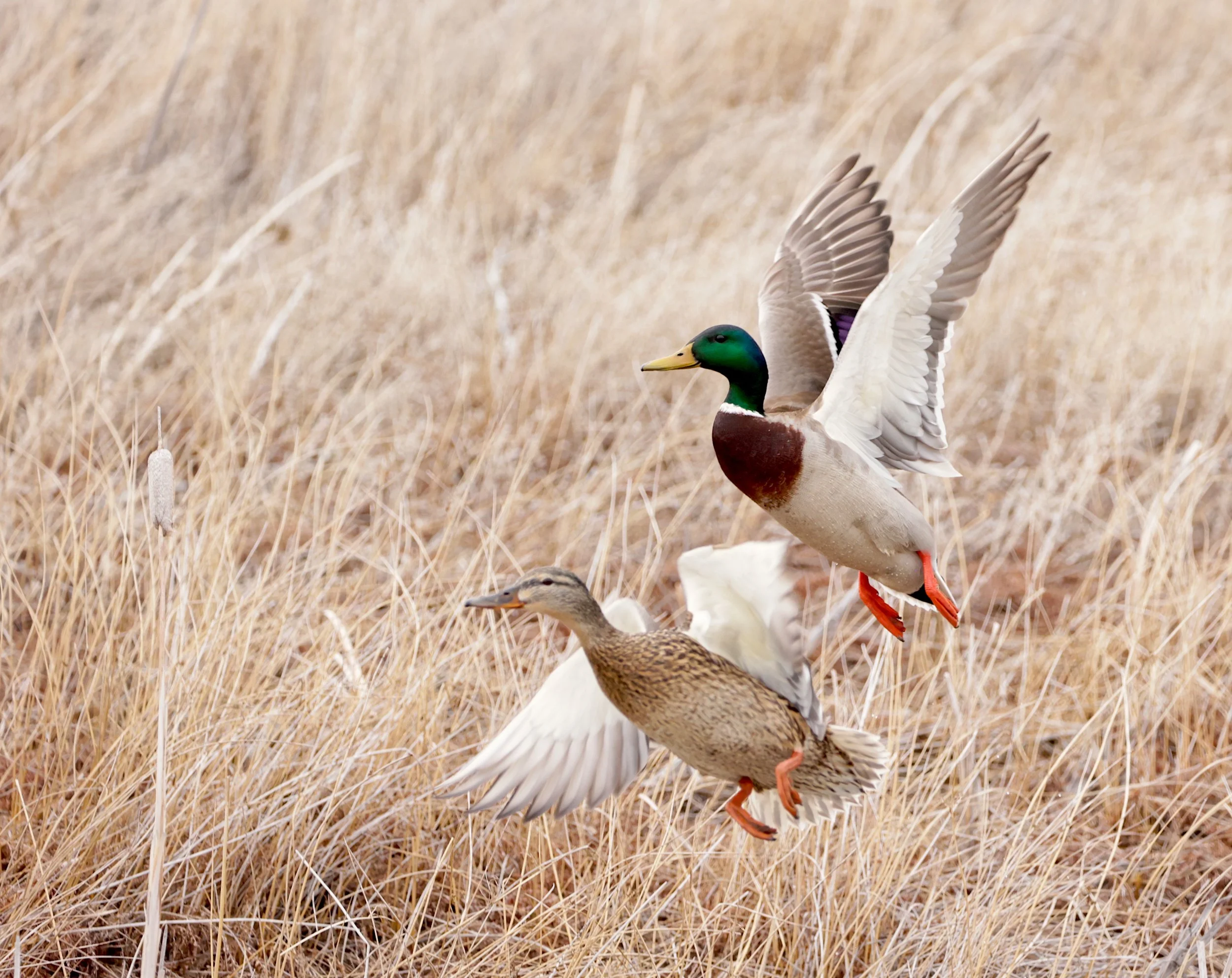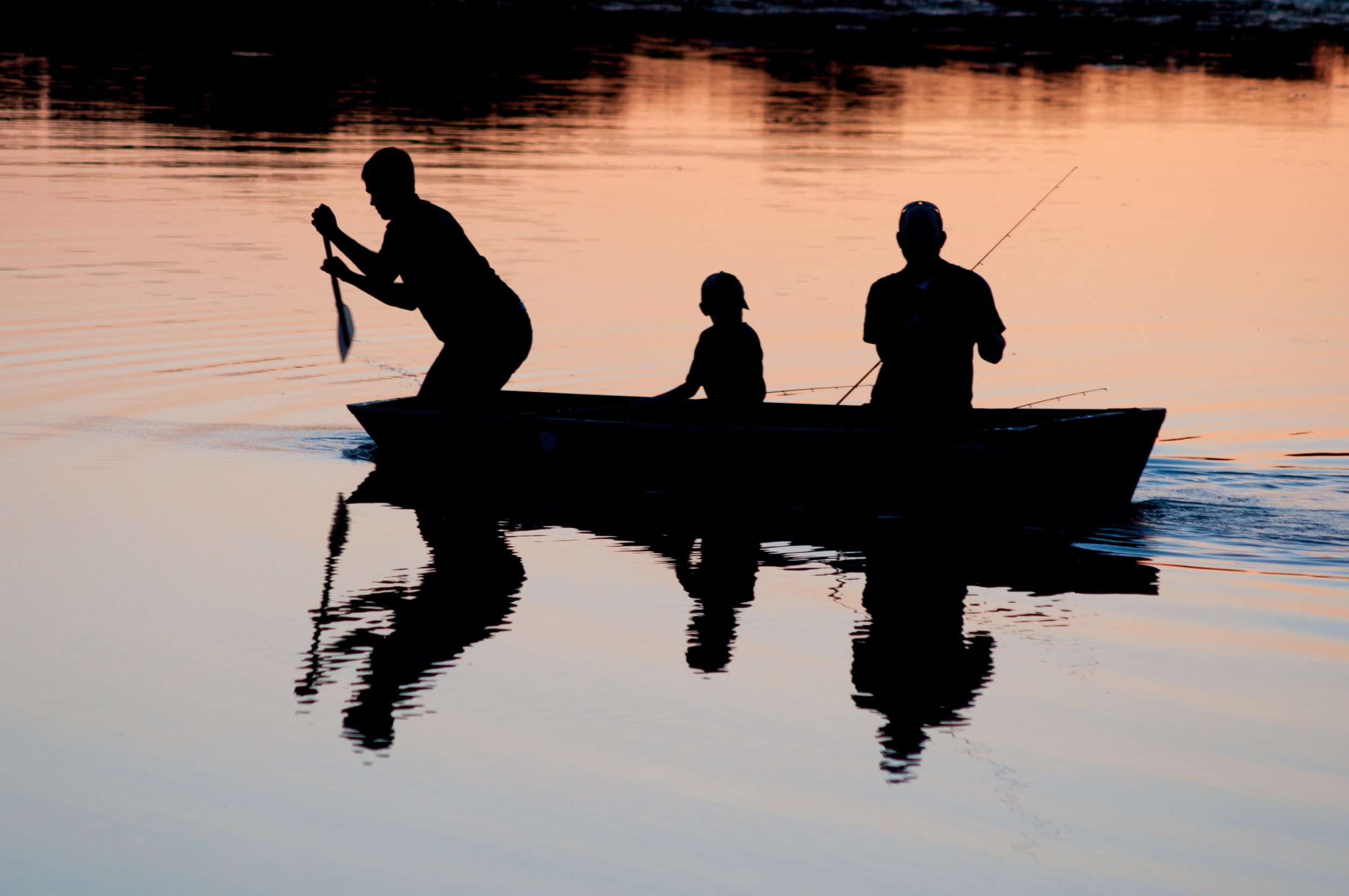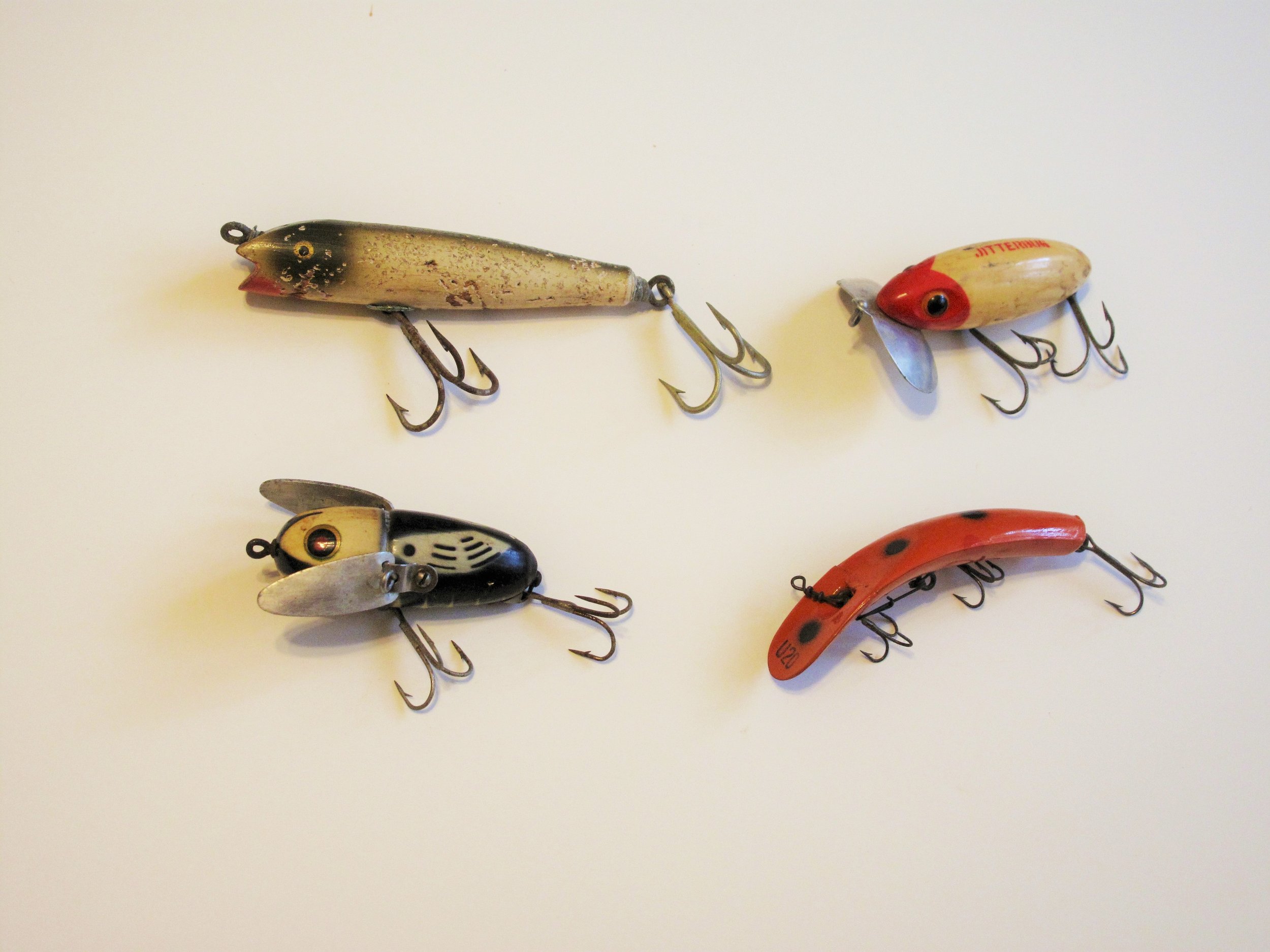Burning Passion for Pheasants
I'm burning pheasants to save them. Folks who don't understand would equate this with the idea that anyone could hunt and shoot wildlife to save it, but both tactics work. The Federal Conservation Reserve Program mandates that the set-aside grassland habitat (at least in the Dakotas) be cut or burned at least once in a ten-year period to benefit the grassland and wildlife living on it. CRP is the most successful, dramatic wildlife enhancement and soils saving investment American's have made in history. Since 1985 it has protected nearly 40 million acres of erodable farmland from deteriorating. Simultaneously it has provided dependable living places for myriad species from moose to mice, and especially pheasants, prairie chickens and sharptailed grouse. About five years ago my brother and I put about 35 acres of family farmland into CRP. Since then our pheasant population has soared, whitetails have doubled, ducks and geese are nesting on the place and we've seen our first prairie chicken on the land since my grandpa farmed it back in the 1920s. And yesterday we burned it. Deer raced away. Pheasants fled. Some of them didn't make it. But that's the price they pay for habitat. That's the sacrifice a few must make for the population as a whole to thrive. Those that survived the fire will soon have thick, thriving, predator-safe grasses in which to nest and hide. Historically native Americans burned, burned and burned, which in large part made North America the wildlife paradise it was when Europeans moved in. Burning is essential to prevent woody shrubs from taking over grasslands. No fire, no prairie. We love wildlife. Love to see it, hear it, chase it, eat it and help support it. So we burn. Most wildlife lovers should. # # #












